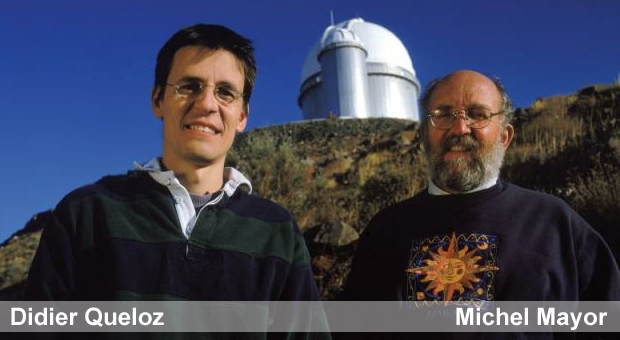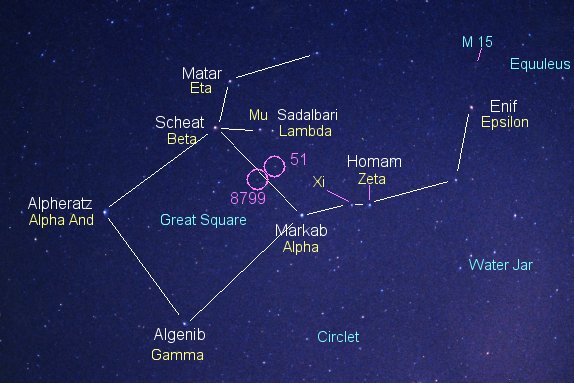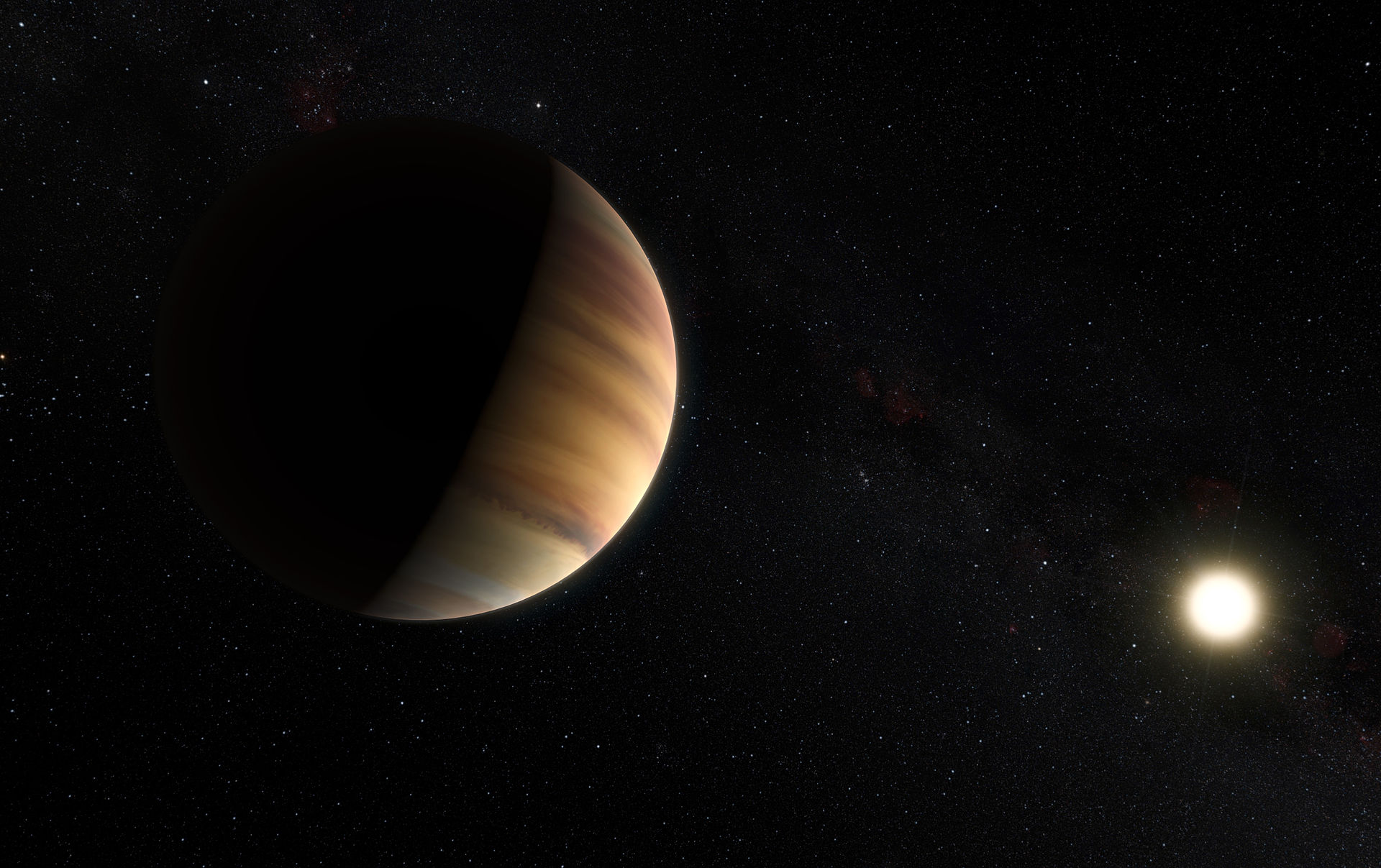THE SOUTHWORTH PLANETARIUM
207-780-4249 www.usm.maine.edu/planet
70 Falmouth Street Portland, Maine 04103
43.6667° N 70.2667° W
Altitude: 10 feet below sea level
Founded January 1970
Julian date: 2458763.5
2019-2020: XXVI
"Not Laureates yet."
THE DAILY ASTRONOMER
Tuesday, October 8, 2019
Mayor and Queloz

Well, it's about time!
That is the DA's reaction to this morning's announcement that the Nobel Committee awarded the Nobel Prize in physics to three people, two of whom are Didier Queloz and Michel Mayor.* Although "Mayor and Queloz" are not exactly household names, the name pairing is almost as widely known in astronomy as "Watson and Crick"** is in biology. In October 1995,astronomers Michel Mayor and Didier Queloz announced their discovery of 51 Pegasi b, the first exoplanet known to be orbiting a Sun-like star. This detection marked a watershed moment in astronomy for it established the existence of other planets around active stars. (In 1992, astronomers Aleksander Wolszcan and Dale Frail discovered multiple planets around millisecond pulsar PSR 1829-10.)
Using the ELODIE spectrograph on the Observatoire de Haute-Provence Telescope in southeastern France, they detected 51 Pegasi b by noting how its gravitational influence induced perturbations in its parent star. They didn't observe the perturbations, themselves, but instead noted how the star's spectrum shifted in reaction to the planet's minute, but detectable, tug. When the planet moved to the far side of the star from our perspective, the spectrum shifted away, or toward the red end. When the planet moved in front of the star relative to us, the spectrum shifted toward us, or toward the blue end.

51 Pegasi. This faint, but still visible, star is just west of the Great Square's western side. One will find 51 Pegasi about mid way between Sheat, the northwestern corner star and Markab, the southwestern corner star.
Through analysis of these spectral shifts, Mayor and Queloz determined that the velocity changes in the star were approximately 70 meters per second. Remarkably, this rapid velocity change indicated the presence of a planet within 7 million kilometers of its parent star. At this distance, 51 Pegasi b completes an entire revolution once every 4.2 days. (Mercury completes an orbit once every 88 days.)
More surprising was the discovery that 51 Pegasi b was a giant planet, about half the mass of Jupiter. Having a gas giant planet so close to its star contradicted the widely accepted notion that rocky planets orbited close to a star, while gas giant planets were much farther away. It was assumed that the high temperatures around a star would cause the most volatile gases on the surface of the inner planets to boil away. The gases would be cooler and therefore would move more slowly at the solar system's outer reaches. The outer planets would therefore be able to accumulate more gases and become far more massive.
Astronomers based this assumption on the neat planet order in our solar system:
The rocky, terrestrial planets: Mercury, Venus, Earth and Mars first, followed by the gas giant planets Jupiter, Saturn, Uranus and Neptune. The discovery of a gas giant planet near its star was initially considered an anomaly, until other star-hugging gas giants (now dubbed "Hot Jupiters") were found. The neat model of small terrestrials first, gaseous gas giants second has been abandoned in favour of a model that considers orbital migration: the shifting of large planets in toward the inner planet region.

An artistic impression of 51 Pegasi b, the first exoplanet found to be orbiting a Sun-like star
As of now, astronomers have found 4118 exoplanets. They expect to find tens of thousands within the next decade. Based on these detections, astronomers estimate that our Milky Way Galaxy might harbor as many as one trillion planets, forty billion of which could be potentially habitable. Our galaxy contains an abundance of worlds and could teem with life. Today, the Nobel Committee conferred a well deserved honor onto the first researchers who discovered exoplanets and determined that, at least in terms of planets, we are certainly not alone.
*James Peebles was the third recipient. He won the prize for this sterling work in physical cosmology. More about this matter at a later time.
*James Watson and Francis Crick (and Maurice Wilkins) shared the 1962 Nobel Prize in Physiology or Medicine for their discovery of the DNA molecule structure. Rosalind Franklin also warrants a mention, as it was her work in imaging the molecule through X-Ray Crystallography. As Rosalind Franklin died in 1958, she was not included in the prize as the Nobel committee does not award the prize posthumously. As they also don't confer the prize onto more than three people, some wonder if she would have been excluded, anyway.
TO SUBSCRIBE OR UNSUBSCRIBE FROM THE "DAILY ASTRONOMER" LIST-SERVE: